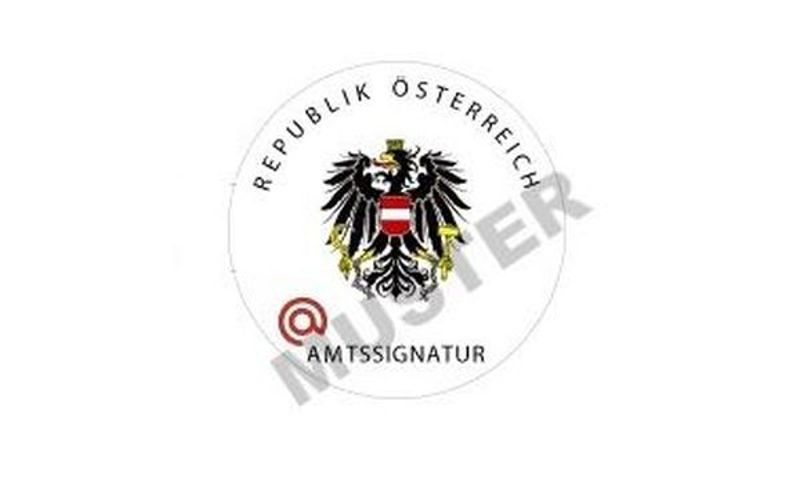What does digital public administration mean?
Using the new media enables the authorities to make their services available to a wider public by going beyond the traditional channels. For a growing number of official services, the public administration agencies already offer many stages of a process (transactions) online, from making an application to completing the process. Forms can often be filled in online, signed electronically and sent to the authority electronically. If users wish, confirmation of administrative transactions, decisions and other documents can be sent electronically. Especially when it comes to electronic identification and signatures, the digital public services sector is an important driver of innovation, setting the pace for businesses.
Digital public administration is a lever for increasing the transparency of what the state is doing and raising the level of democratic participation by a country's people.

Digital public administration in Austria
The BLSG (federal government, provinces, municipalities and local communities) partnership on e-government, along with the ICT-Federation committee, is one of the most important coordinating committees for digital public administration services in Austria. This is where Austria's e-government projects come together and are coordinated. More information available under Committees and organisations.
Purpose
Standardised procedures: All activities are based on the BLSG commitment to standardisation and harmonisation in e-government. Other administrative bodies are also included.Sharing experience: From sharing their experience to discussing common areas of interest – all parties involved benefit. Problems can be shared and individual findings and experiences built on. This results in higher quality decision-making.
Current topics: Innovation is the way to respond to current problems and the guiding principle for achieving future objectives. It is a joint process and the ideas are implemented and fleshed out by committees & teams.
Communication: All the outcomes that are produced are widely communicated, with the target audience depending on the subject in question. Similarly wide groups of participants are taken into consideration when the agreed outcomes are being further developed.
Content and topics
Matters discussed in the various committees and teams include the following:- High-level standards, interfaces, principles and framework conditions
- The components and concepts of e-government
- Cooperation projects/initiatives
- A common roadmap
- New ideas and active sharing of information about laws at national and EU level (legal frameworks)
- Other current and high-priority matters
The BLSG is a committee whose primary role is to share information and pass resolutions. The BLSG Administrative Committee (BLSG-VW) works on inter-agency agreements and resolutions, including commitments to be made by the administrative agencies. The extended BLSG (BLSG-EW) exists mainly for communication and information sharing purposes.
Information sharing between participants takes place on a dedicated communication platform, called the Reference Server E-Government.
This is a central document storage facility which is continuously being expanded and upgraded. Jointly produced outcomes in the form of conventions, statements, information, best practices, White Papers and use cases are published on the platform, in the form of either the product of a working group, a recommendation or a standard.
Some members of the committee are there to represent the involvement in the partnership of the political level and the upper echelons of public administration. These include federal state governors and directors of federal province government offices, along with federal ministers and senior civil servants. The main focus is on aligning strategic orientation and expectations. The committee at this level is kept informed about current developments and projects.
E-Government Act
The E-Government Act is the centrepiece of Austrian e-government legislation and came into force on 1 March 2004. It is a federal law on regulations to facilitate electronic communication with public bodies (in particular contains regulations on: elektronischer Identitätsnachweis (E-ID), Stammzahl, bereichsspezifisches Personenkennzeichen (bPK), Amtssignatur).
It was amended in 2016 mainly on account of changes that were needed to comply with the Regulation on electronic identification and trust services for electronic transactions in the internal market (the eIDAS Regulation).
An amendment was made in 2024 with amendment BGBl. I No. 117/2024, which came into force on July 20, 2024. In the interests of citizens, this is intended to create the legal basis for further digitization of the administration and to support digital transformation.
More on the main provisions and principles of the E-Government Act.
The law constitutes the legal basis for e-government modules and services.









